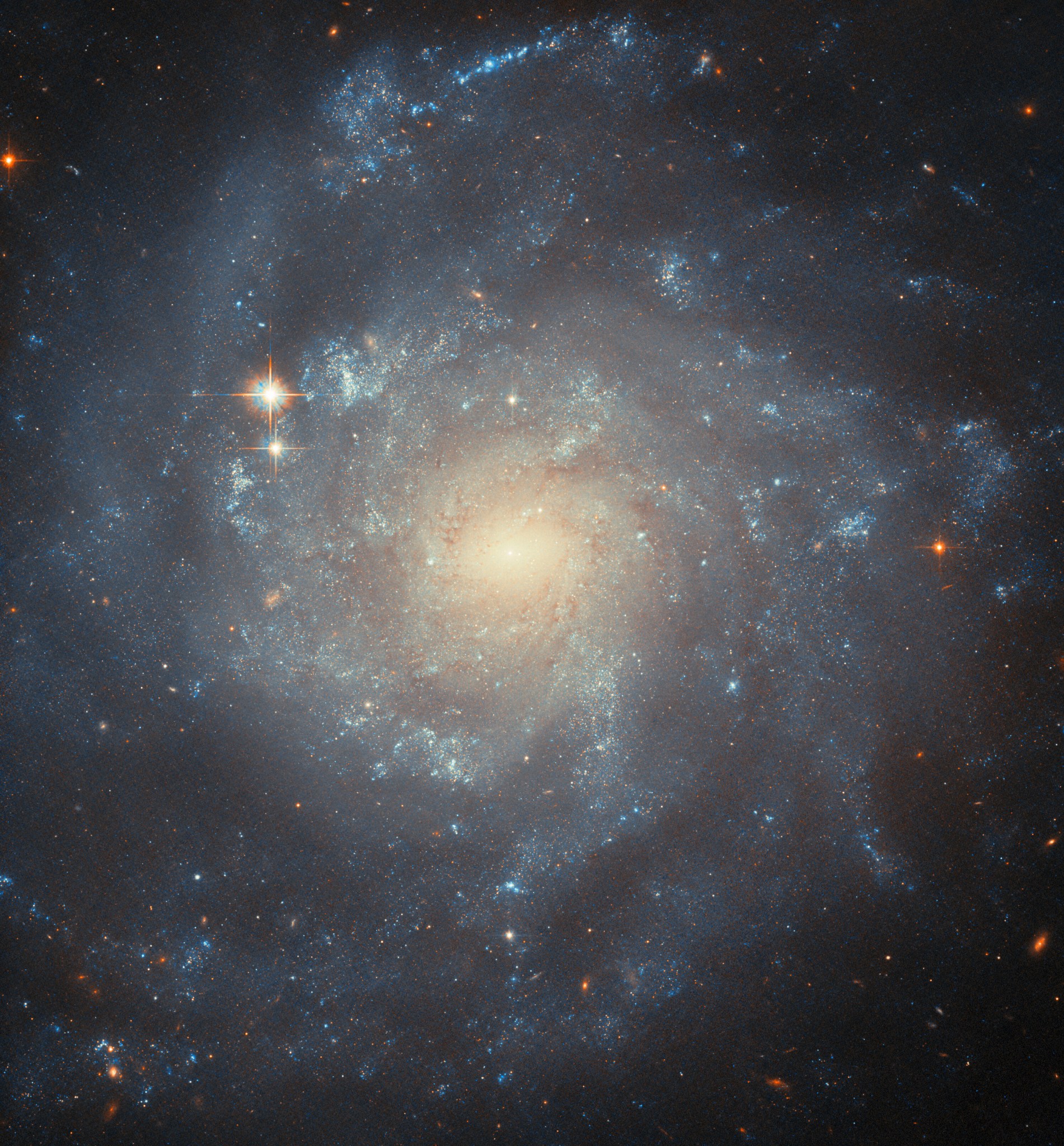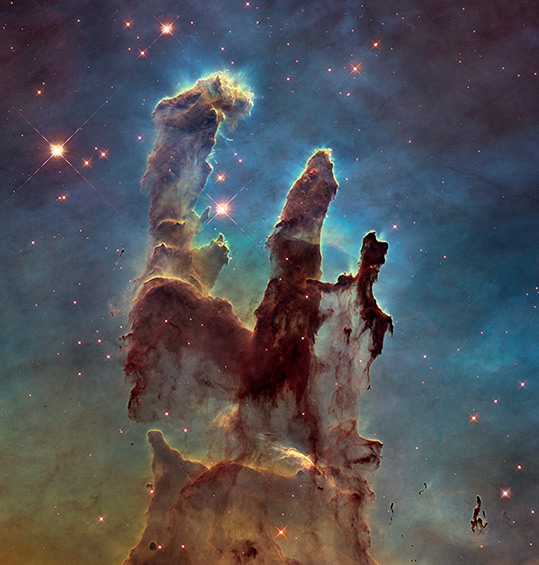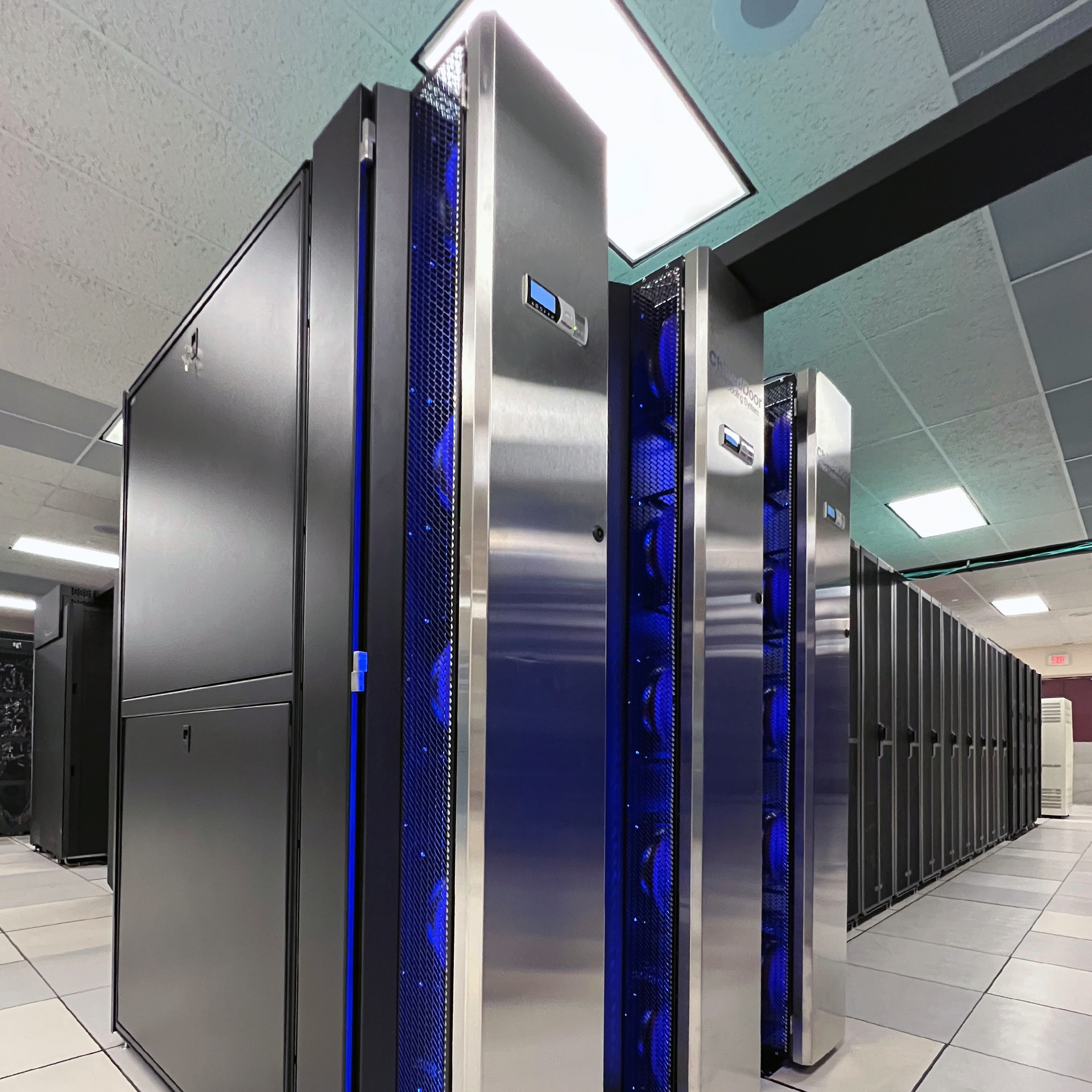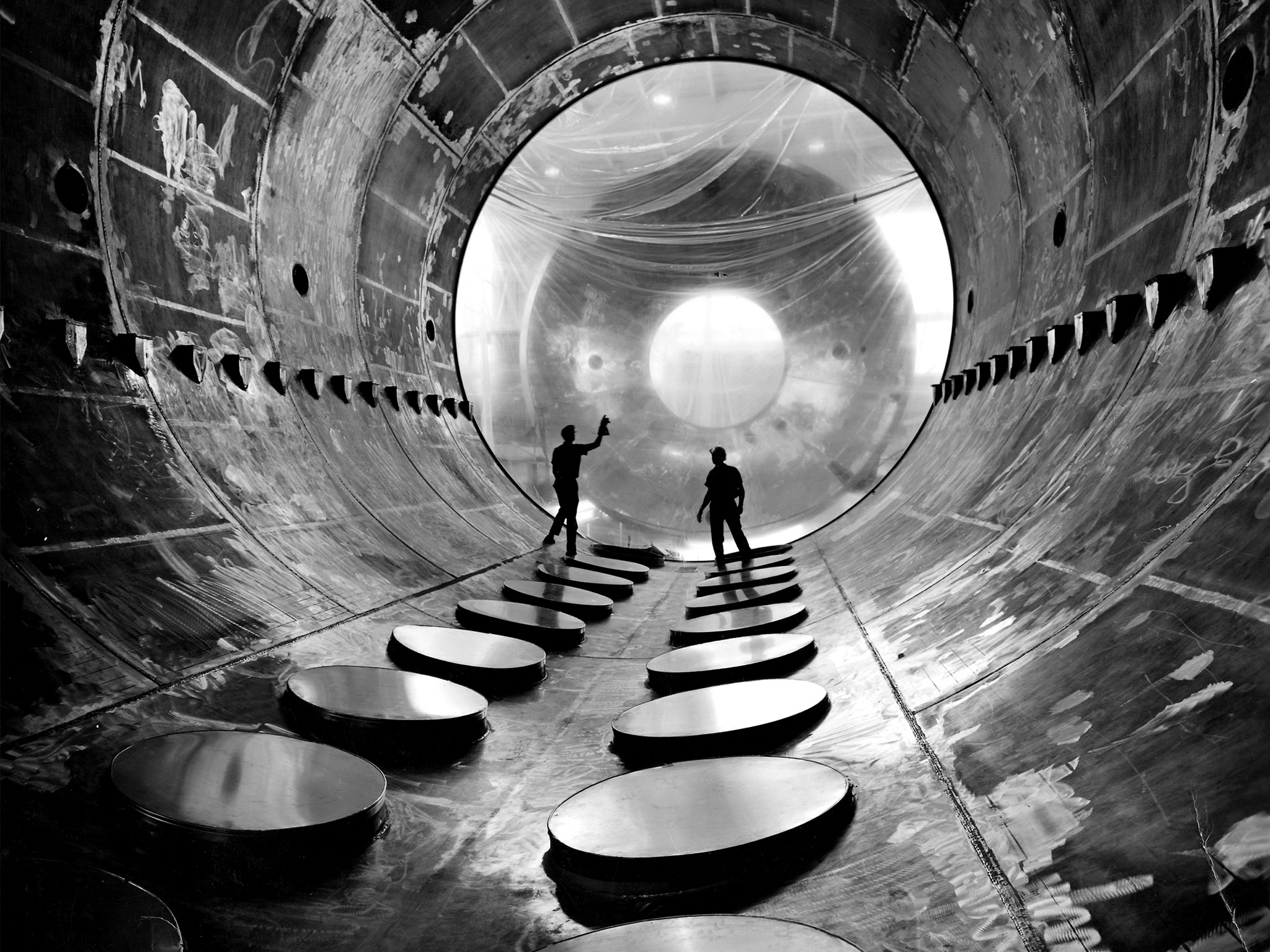Hubble Examines a Spiral Star Factory
This NASA/ESA Hubble Space Telescope image features a spiral galaxy in the constellation Virgo named NGC 5668. It is relatively near to us at 90 million light-years from Earth and quite accessible for astronomers to study with both space- and ground-based telescopes. At first glance, it doesn’t seem like a remarkable galaxy. It is around […]
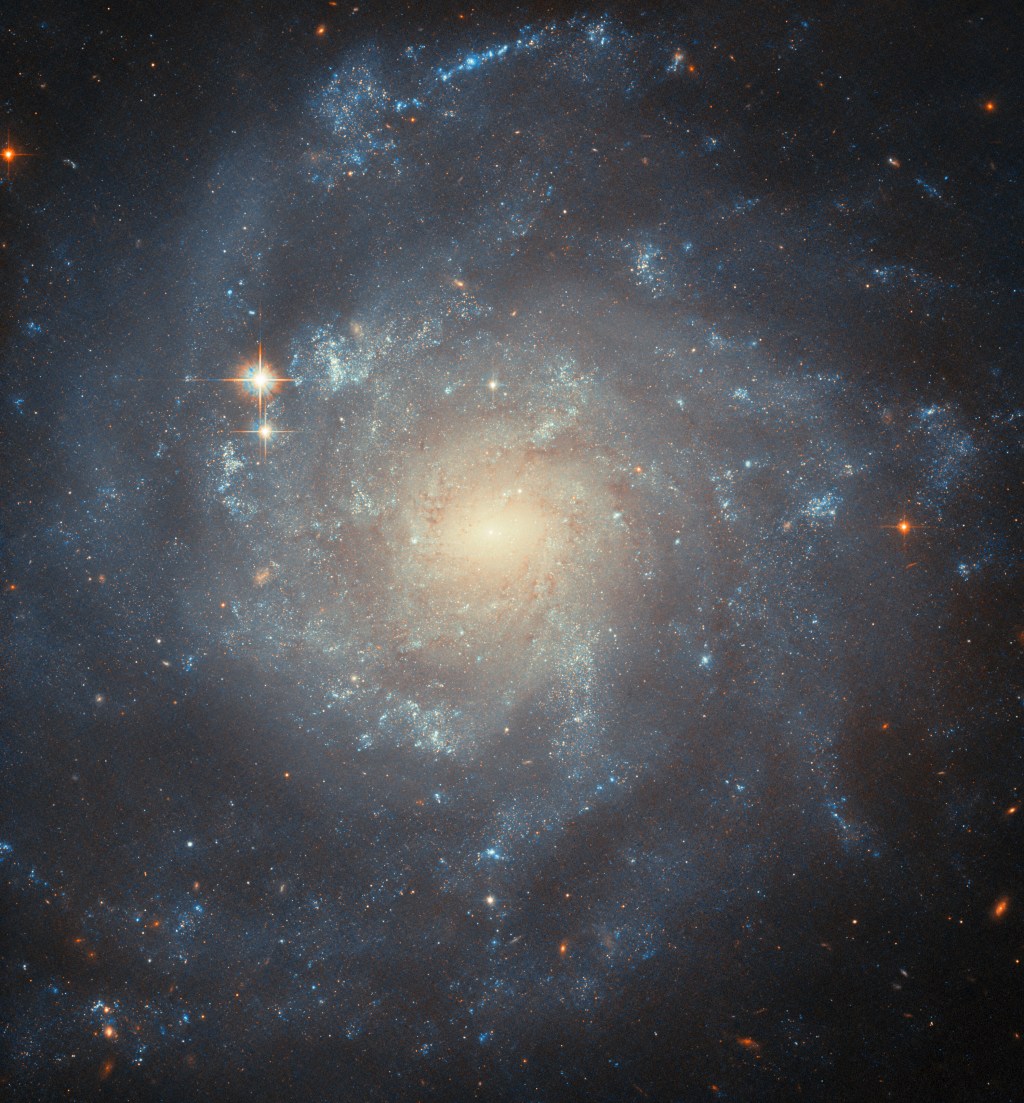
2 min read
Hubble Examines a Spiral Star Factory
This NASA/ESA Hubble Space Telescope image features a spiral galaxy in the constellation Virgo named NGC 5668. It is relatively near to us at 90 million light-years from Earth and quite accessible for astronomers to study with both space- and ground-based telescopes. At first glance, it doesn’t seem like a remarkable galaxy. It is around 90,000 light-years across, similar in size and mass to our own Milky Way galaxy, and its nearly face-on orientation shows open spiral arms made of cloudy, irregular patches.
One noticeable difference between the Milky Way galaxy and NGC 5668 is that this galaxy is forming new stars 60% more quickly. Astronomers have identified two main drivers of star formation in NGC 5668. Firstly, this high-quality Hubble view reveals a bar at the galaxy’s center, though it might look more like a slight oval shape than a real bar. The bar appears to have affected the galaxy’s star formation rate, as central bars do in many spiral galaxies. Secondly, astronomers tracked high-velocity clouds of hydrogen gas moving vertically between the disk of the galaxy and the spherical, faint halo which surrounds it. These movements may be the result of strong stellar winds from hot, massive stars, that would contribute gas to new star-forming regions.
The enhanced star formation rate in NGC 5668 comes with a corresponding abundance of supernova explosions. Astronomers have spotted three in the galaxy, in 1952, 1954, and 2004. In this image, Hubble examined the surroundings of the Type II SN 2004G, seeking to study the kinds of stars that end their lives as this kind of supernova.
Media Contact:
Claire Andreoli
NASA’s Goddard Space Flight Center, Greenbelt, MD
claire.andreoli@nasa.gov
What's Your Reaction?



















.jpg?#)























